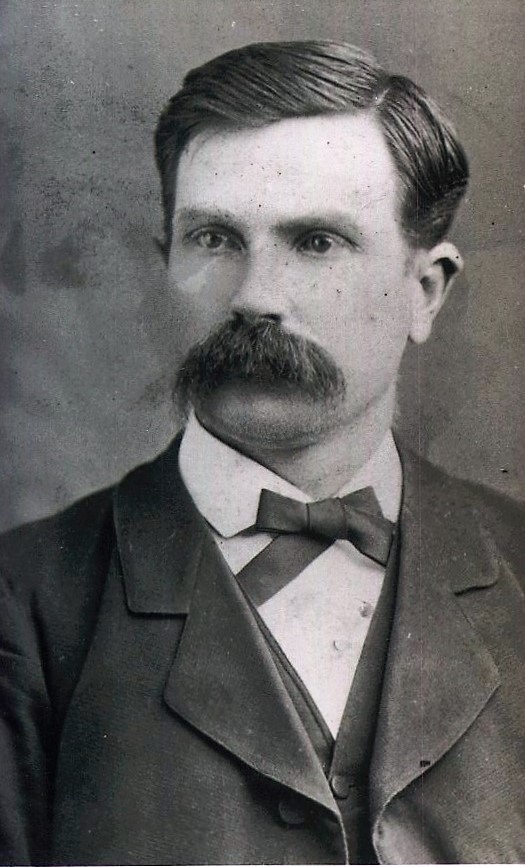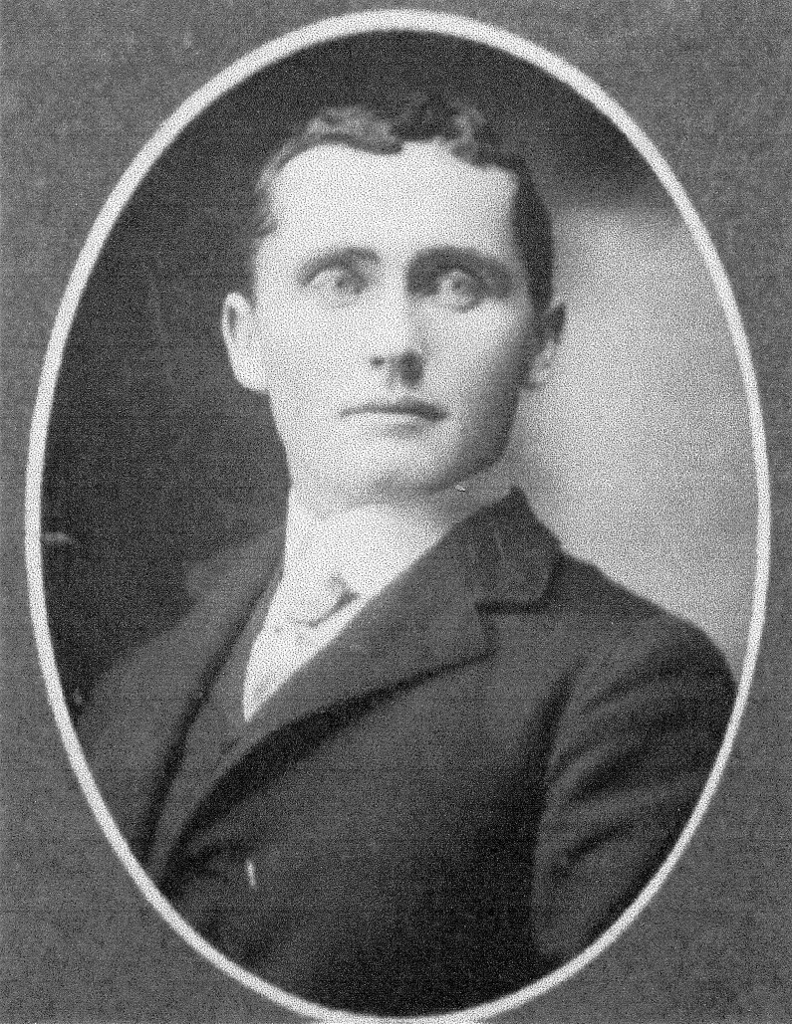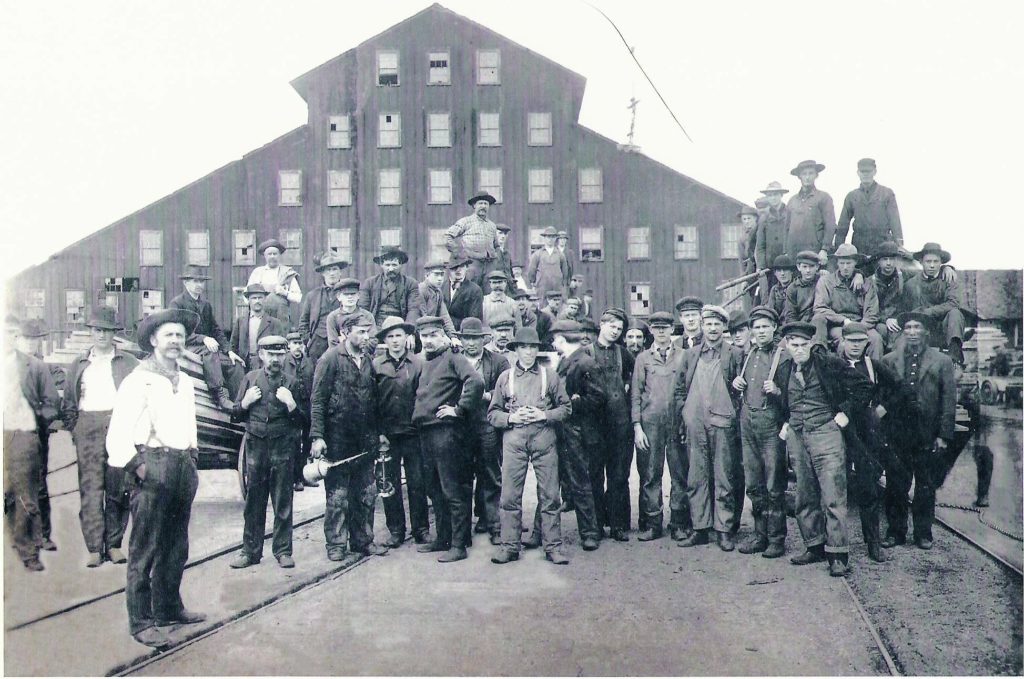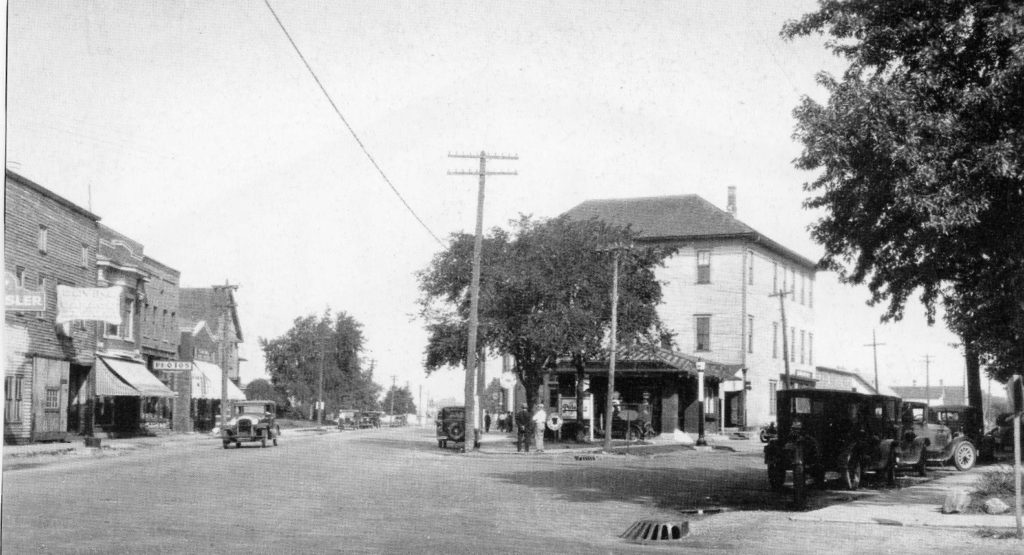
John McCanna, Sheriff of Schoolcraft County (1882-1885).
Photo Courtesy of Sue Cucchiarella.
The early history of law enforcement in Schoolcraft County is closely tied to the McCanna family. The family patriarch, Henry McCanna was born in 1822 in county Donegal, Ireland. McCanna immigrated first to Canada before settling in the Vermont/New York area in the mid 1840s. Henry married Nancy (Anna) O’Kane in 1845 in Sandy Hill, New York. Ten children were born to this union, eight of whom survived into adulthood.



